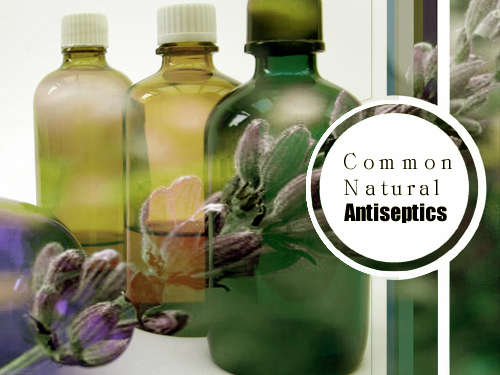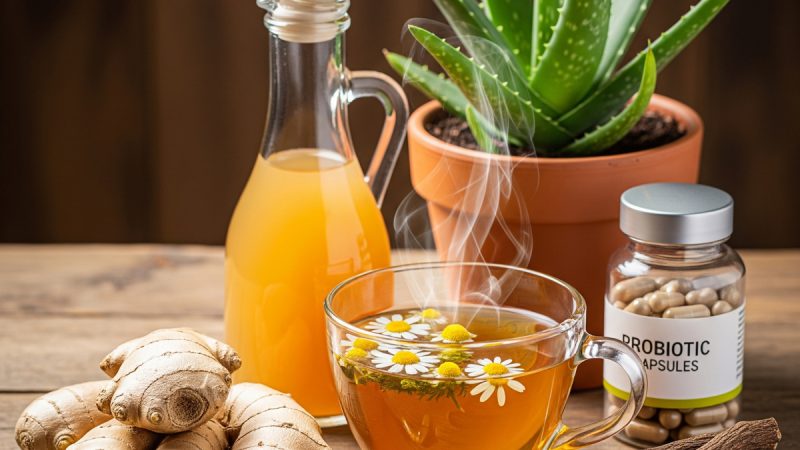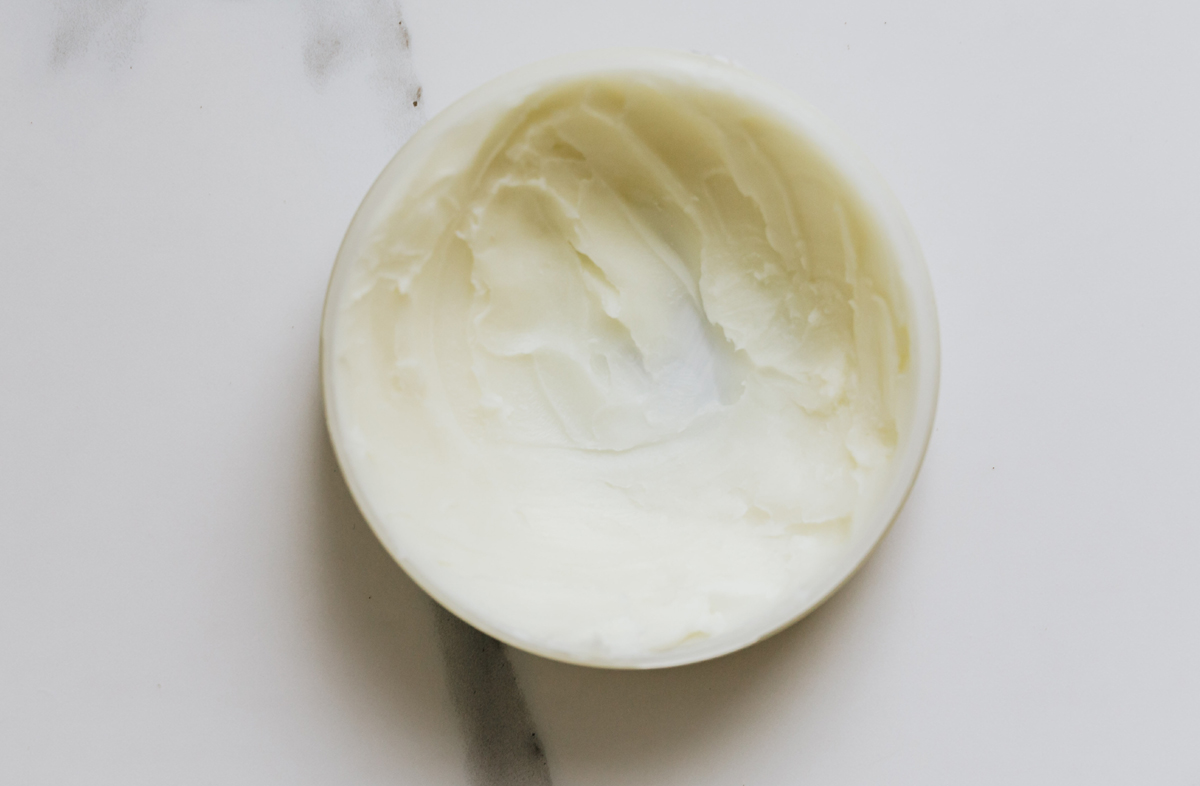Common Natural Antiseptics

In our daily lives, we often encounter minor cuts, wounds, and skin conditions that may require antiseptic treatment. While there are many conventional antiseptics available in the market, some people prefer natural alternatives for various reasons. Natural antiseptics not only provide healing properties but also offer additional benefits to our overall health.
This article will explore common natural antiseptics and guide you on how to make your own antiseptic from natural sources. By incorporating these methods into your routine, you can promote faster healing and maintain a chemical-free approach to your well-being.
Common Natural Antiseptics:
1. Garlic (Allium sativum):
Garlic is known for its immune-boosting properties. You can add a fresh clove of garlic to your foods three times a day, or consume 2-3 odor-free garlic capsules daily. Not only does garlic help fight off and prevent influenza, colds, and bronchitis, but it also possesses antiseptic qualities.
2. Marigold (Calendula officinalis):
Marigold is a versatile flower that can be used to treat various skin conditions such as eczema, ringworm, rashes, and burns. Applying Calendula ointment to the affected area can provide relief and aid in the healing process.
3. Papaya (Carica papaya):
Papaya has both internal and external healing properties. When consumed, it can help relieve indigestion. For external use, slice a papaya and place it over infected wounds or acne for around 10 minutes. This aids in the healing of wounds and reduces inflammation.
4. Lavender (Lavandula angustifolia):
Lavender essential oil is widely known for its calming aroma, but it also possesses antiseptic properties. It can be used to treat wounds, acne, pimples, cuts, and sores. Simply apply a few drops of lavender essential oil directly onto the affected area for relief and healing.
5. Echinacea (Echinacea purpurea):
Echinacea is an herb known for its immune-boosting abilities. It is effective against colds, flus, burns, bites, ear infections, and even skin ulcers. Taking Echinacea capsules daily, following the dosage directions on the label, can help protect and heal your body.
Homemade Natural Antiseptic:
If you prefer a DIY approach, you can use various natural ingredients to make your own antiseptic solutions. Here are a few examples:
1. Carrot Juice: Apply carrot juice directly on cuts and scrapes to speed up the healing process.
2. Honey: Apply honey directly on cuts to promote quick healing. Honey is known for its antibacterial properties and can help prevent infection.
3. Chamomile Tea: Soak a gauze in chamomile tea and apply it to wounds. Chamomile possesses anti-inflammatory and soothing properties, assisting in the healing process.
4. Witch Hazel: Dilute witch hazel and apply it to wounds using a gauze. Witch hazel acts as an astringent and can help clean and disinfect wounds effectively.
By utilizing these natural antiseptics and homemade remedies, you can take a step towards holistic healing while avoiding the potential side effects of conventional antiseptics. Always remember to consult with a healthcare professional if your condition worsens or persists.
The Author:
Pioneerthinking.com – Ingredients for a Simple Life.
©Copyright Pioneerthinking.com. All rights reserved. For personal use only.








